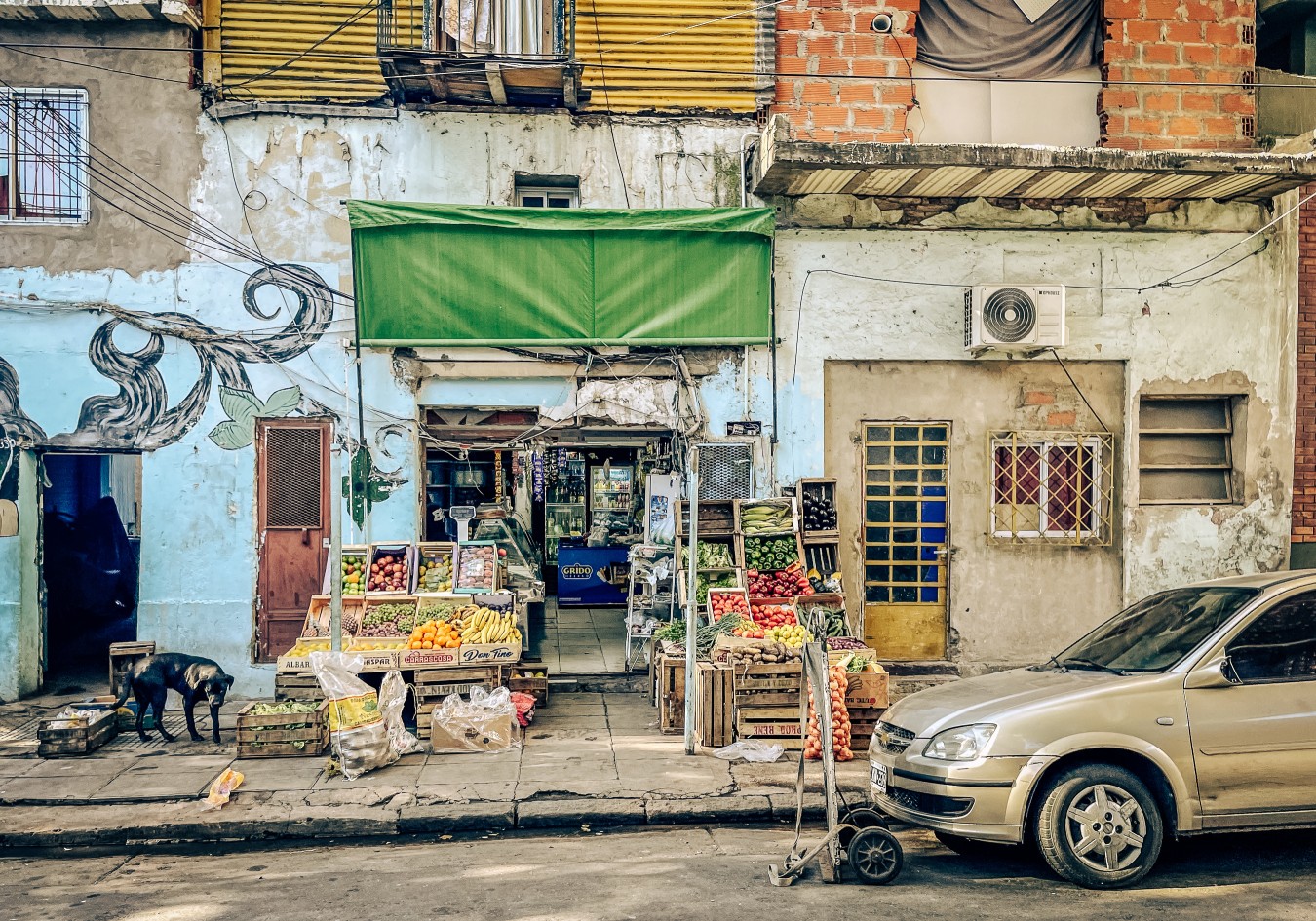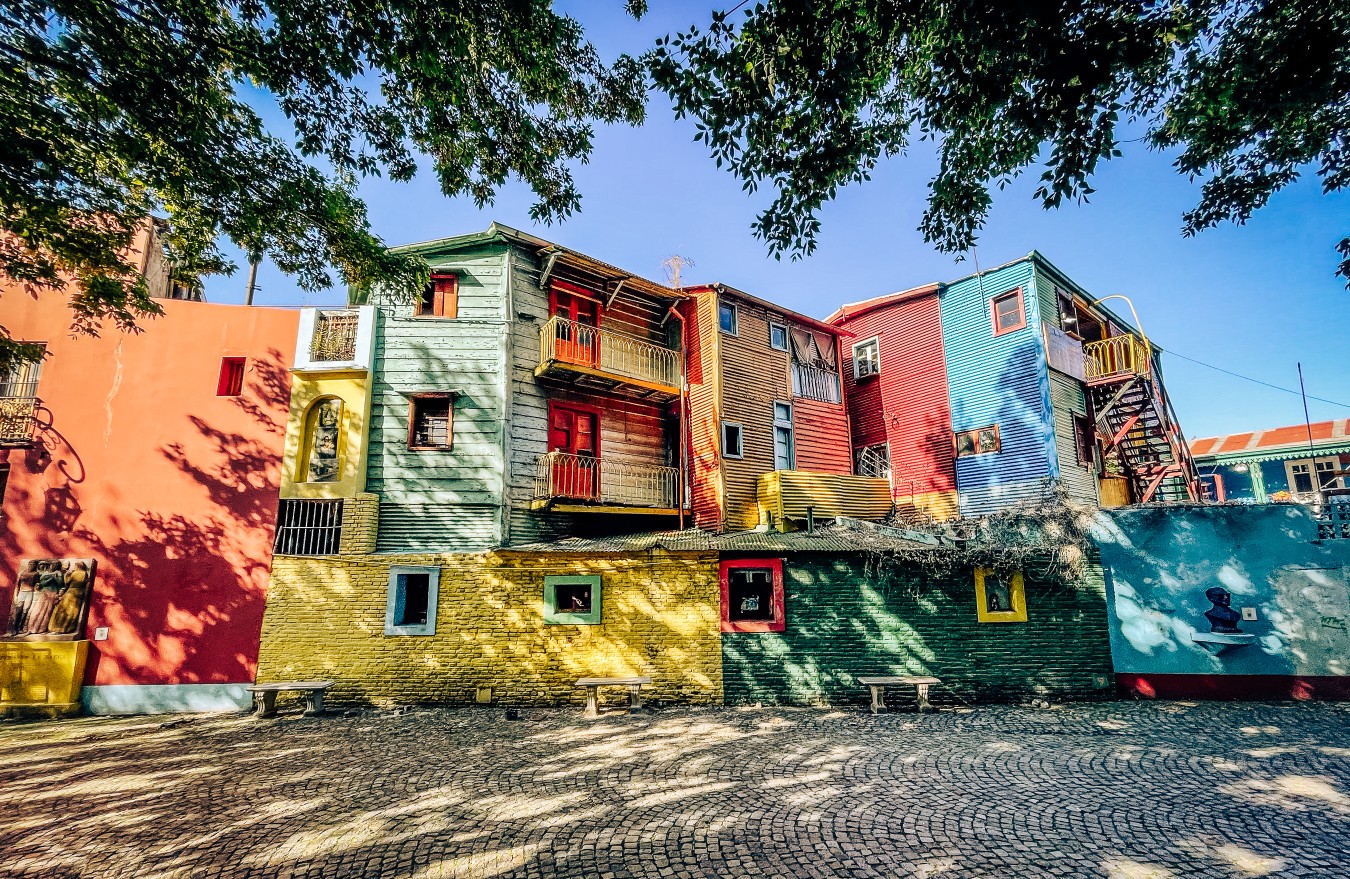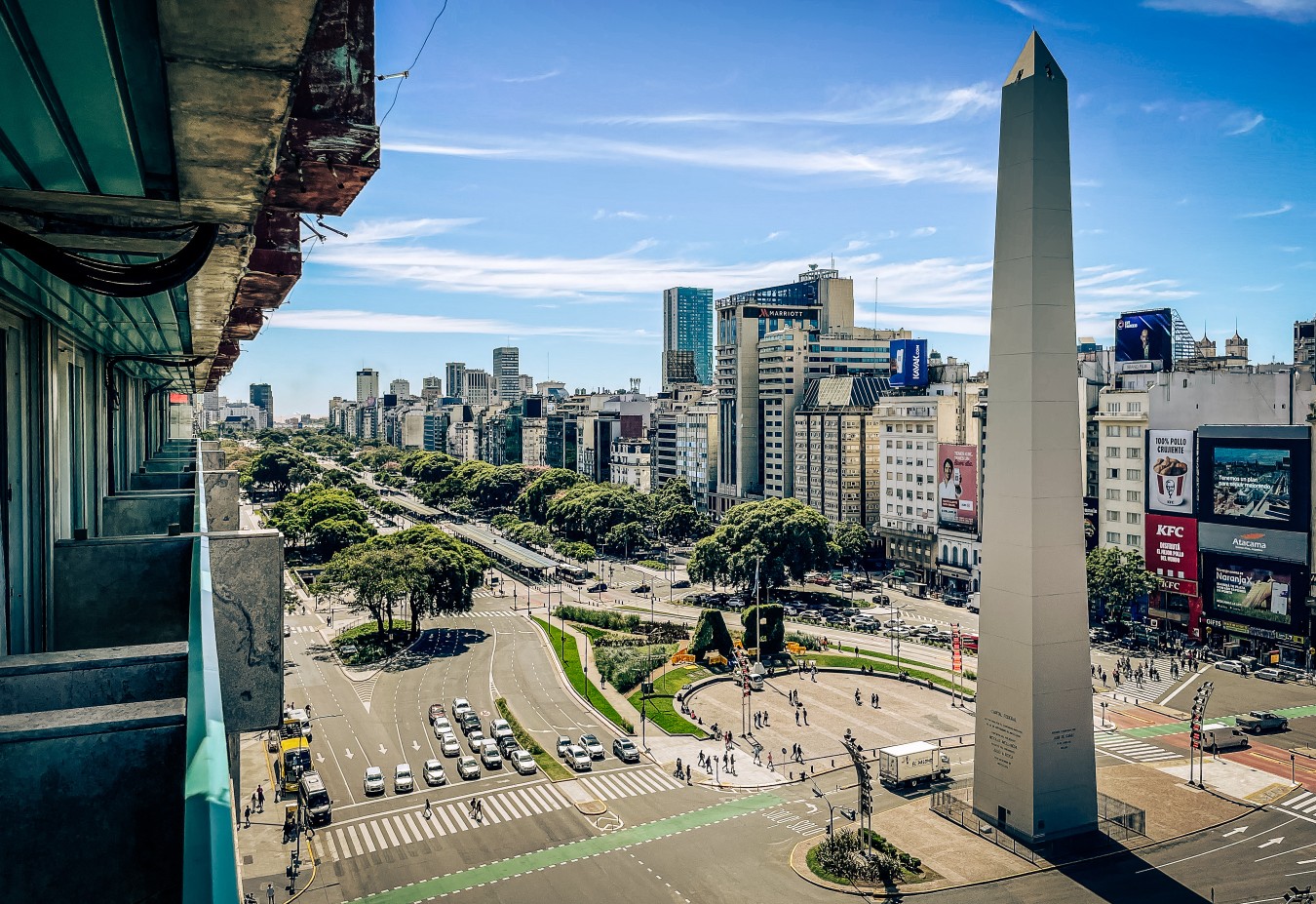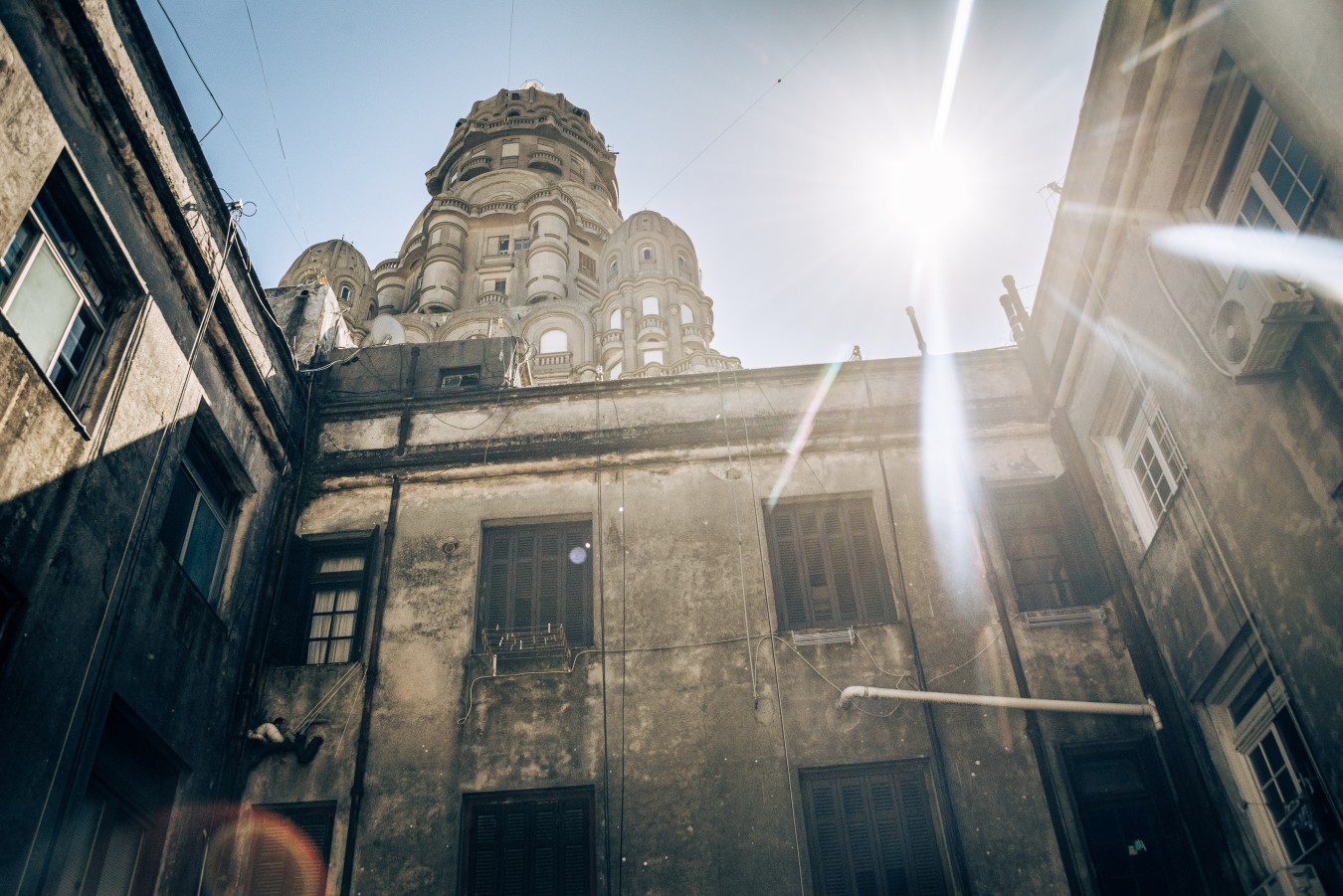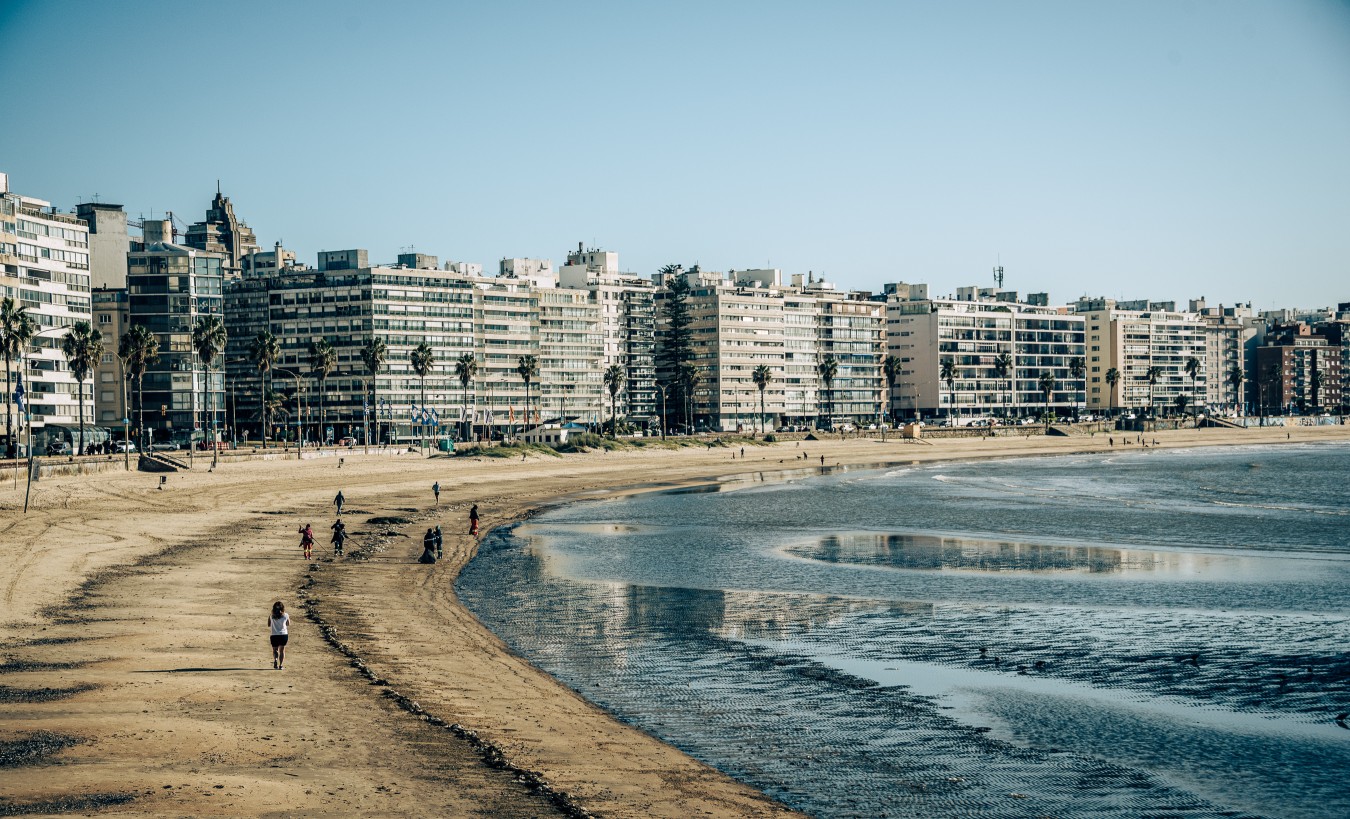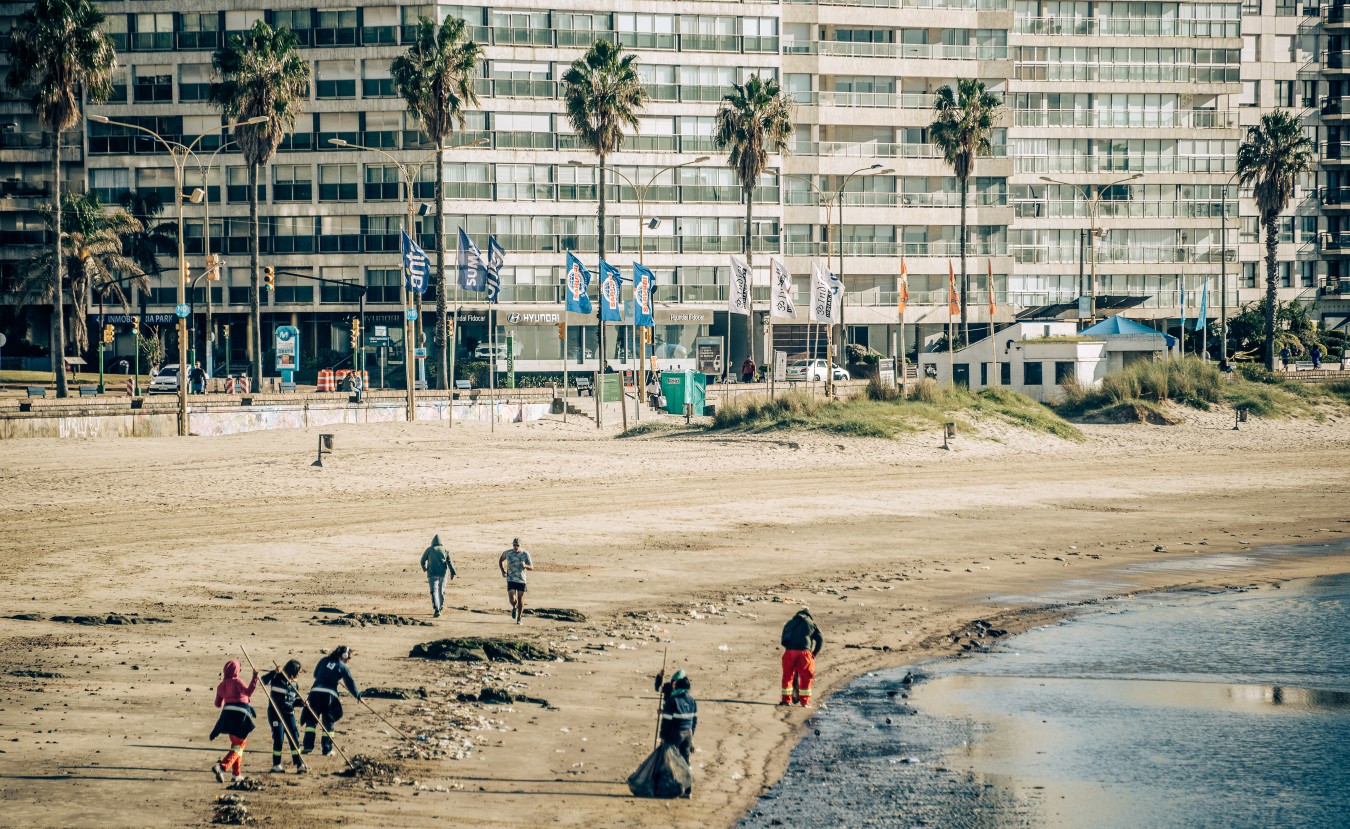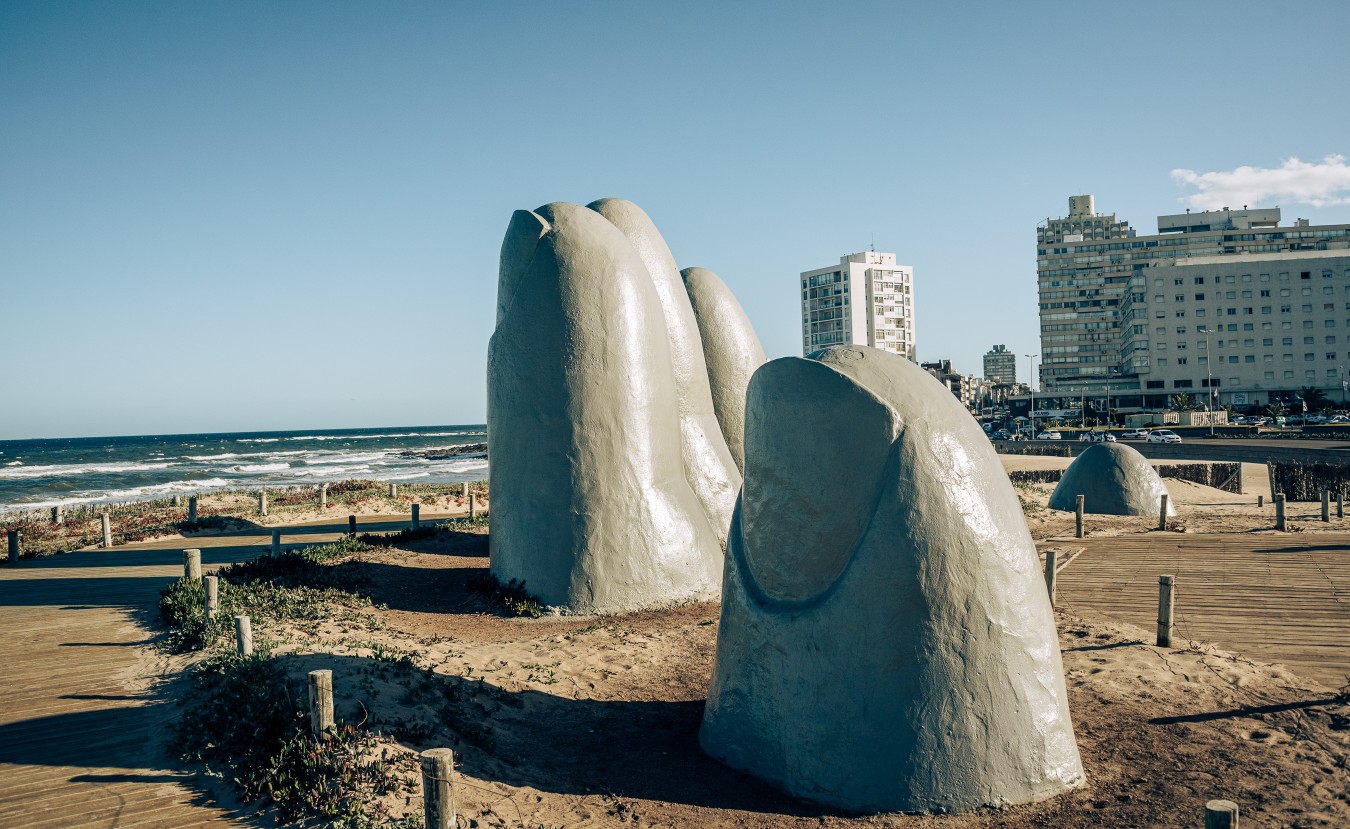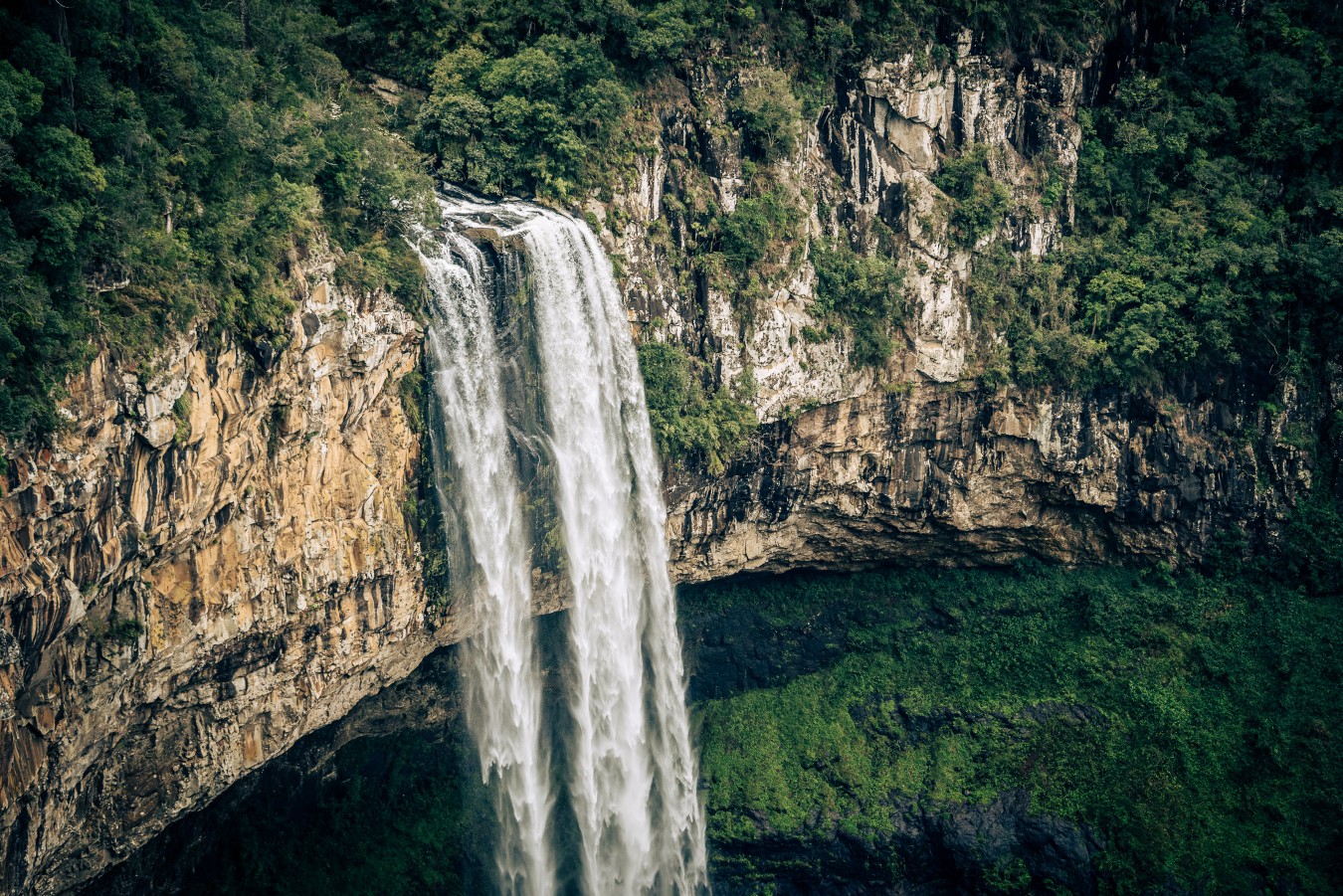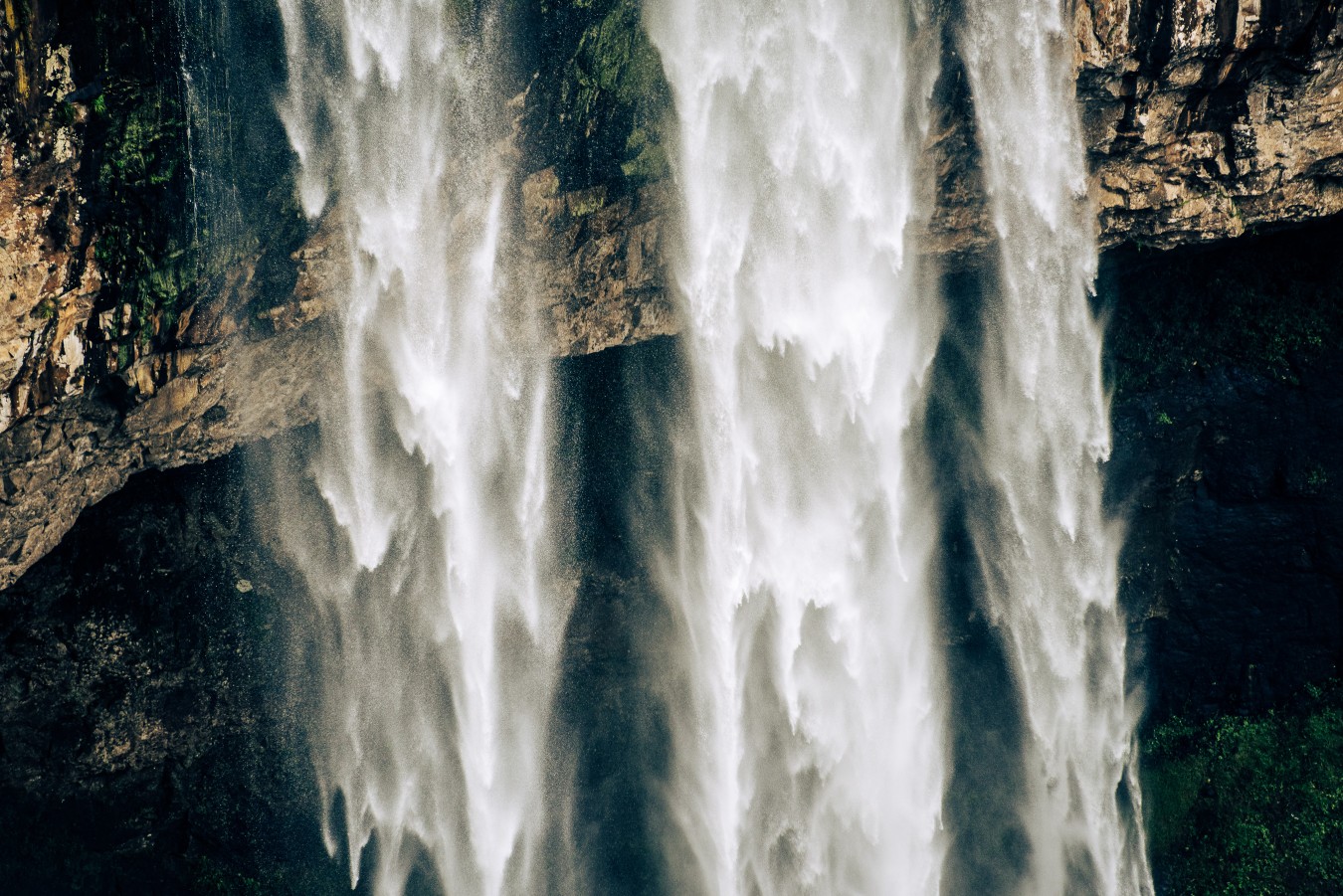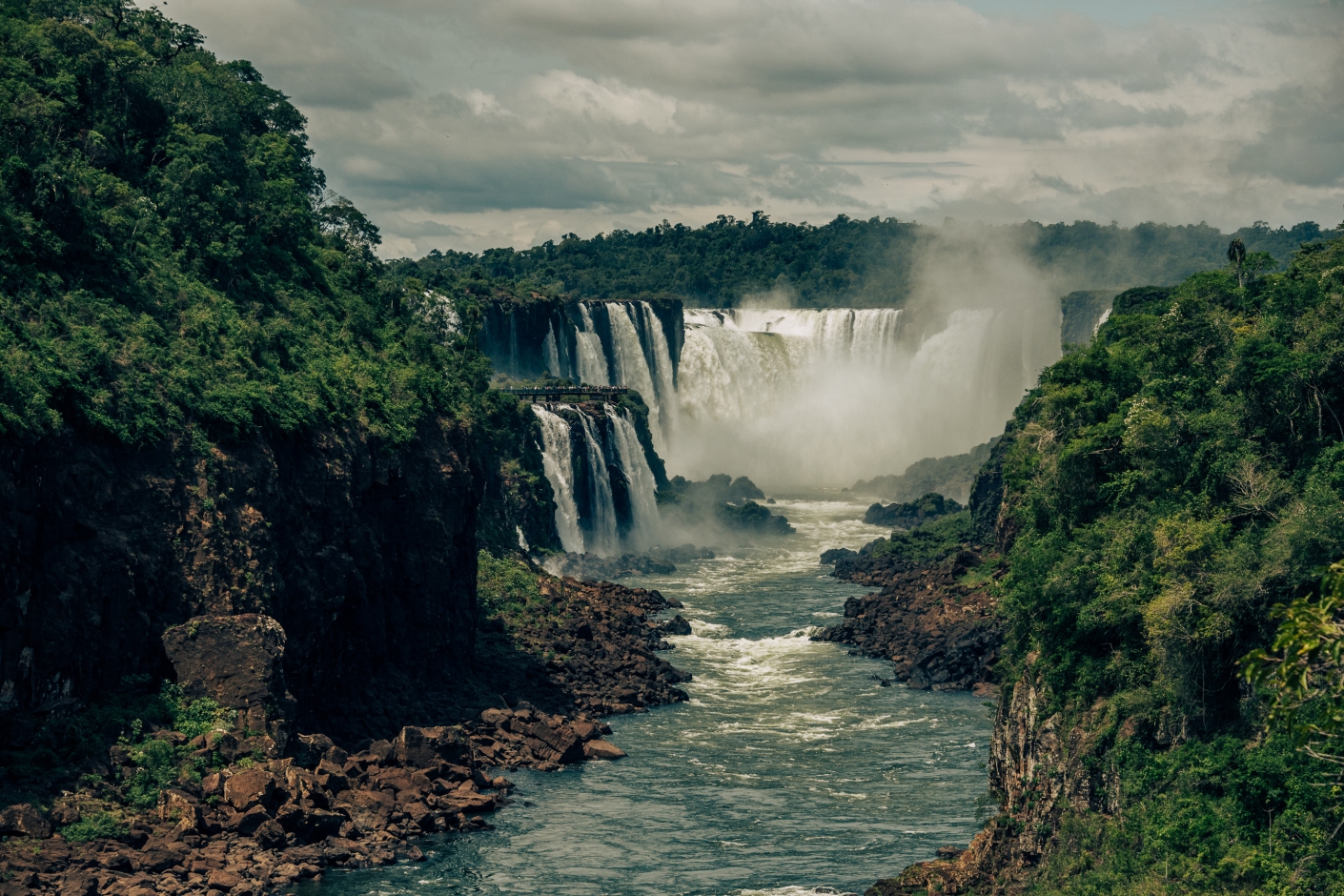The Río de la Plata is a vast estuary formed by the confluence of the Paraná and Uruguay rivers, stretching about 290 kilometers and serving as a natural border between Argentina and Uruguay. This expansive water body is vital for the surrounding regions, supporting biodiversity, commercial shipping routes, and fishing industries. The estuary's muddy waters and unique tidal patterns create a dynamic environment that has shaped the cities and cultures along its shores, notably Buenos Aires and Montevideo. Historically, the Río de la Plata has played a crucial role in the development and connectivity of these urban centers.
Buenos Aires, Argentina's vibrant capital, lies along the western bank of the Río de la Plata. Known for its rich cultural heritage, eclectic architecture, and bustling port, the city is a major economic and cultural hub in South America. Its historic neighborhoods, such as San Telmo and La Boca, are famed for their colorful streets and tango music, while the city's wide avenues and grand theaters reflect its cosmopolitan nature. Buenos Aires' position on the Río de la Plata has facilitated its growth as a key gateway for international trade and cultural exchange, solidifying its status as a dynamic metropolis.
A popular and convenient way to travel between Buenos Aires and Montevideo, the capital of Uruguay, is by ferry across the Río de la Plata. This journey typically takes around three hours and offers passengers scenic views of the expansive estuary. The ferry service is a crucial link between the two capitals, promoting economic ties and cultural exchanges. Upon arrival in Montevideo, travelers are greeted by the city's historic charm and modern amenities. Montevideo boasts a unique blend of colonial architecture, seaside promenades, and vibrant markets, reflecting its rich history and contemporary vibrancy.
Further along the Uruguayan coast lies Punta del Este, a renowned resort town famous for its beautiful beaches, upscale lifestyle, and lively nightlife. Known as the "St. Tropez of South America," Punta del Este attracts visitors with its luxury accommodations, fine dining, and picturesque landscapes. Traveling northward into Brazil, the state of Rio Grande do Sul offers diverse attractions, from its gaucho culture to its lush vineyards. The state capital, Porto Alegre, is a bustling port city with a rich cultural scene, including theaters, museums, and music festivals. Nearby, the Caracol Waterfalls, located in the Serra Gaúcha region, provide a breathtaking natural spectacle with their cascading waters surrounded by verdant forests, offering a serene escape into nature.
See full map
Buenos Aires, Argentina's vibrant capital, lies along the western bank of the Río de la Plata. Known for its rich cultural heritage, eclectic architecture, and bustling port, the city is a major economic and cultural hub in South America. Its historic neighborhoods, such as San Telmo and La Boca, are famed for their colorful streets and tango music, while the city's wide avenues and grand theaters reflect its cosmopolitan nature. Buenos Aires' position on the Río de la Plata has facilitated its growth as a key gateway for international trade and cultural exchange, solidifying its status as a dynamic metropolis.
A popular and convenient way to travel between Buenos Aires and Montevideo, the capital of Uruguay, is by ferry across the Río de la Plata. This journey typically takes around three hours and offers passengers scenic views of the expansive estuary. The ferry service is a crucial link between the two capitals, promoting economic ties and cultural exchanges. Upon arrival in Montevideo, travelers are greeted by the city's historic charm and modern amenities. Montevideo boasts a unique blend of colonial architecture, seaside promenades, and vibrant markets, reflecting its rich history and contemporary vibrancy.
Further along the Uruguayan coast lies Punta del Este, a renowned resort town famous for its beautiful beaches, upscale lifestyle, and lively nightlife. Known as the "St. Tropez of South America," Punta del Este attracts visitors with its luxury accommodations, fine dining, and picturesque landscapes. Traveling northward into Brazil, the state of Rio Grande do Sul offers diverse attractions, from its gaucho culture to its lush vineyards. The state capital, Porto Alegre, is a bustling port city with a rich cultural scene, including theaters, museums, and music festivals. Nearby, the Caracol Waterfalls, located in the Serra Gaúcha region, provide a breathtaking natural spectacle with their cascading waters surrounded by verdant forests, offering a serene escape into nature.










